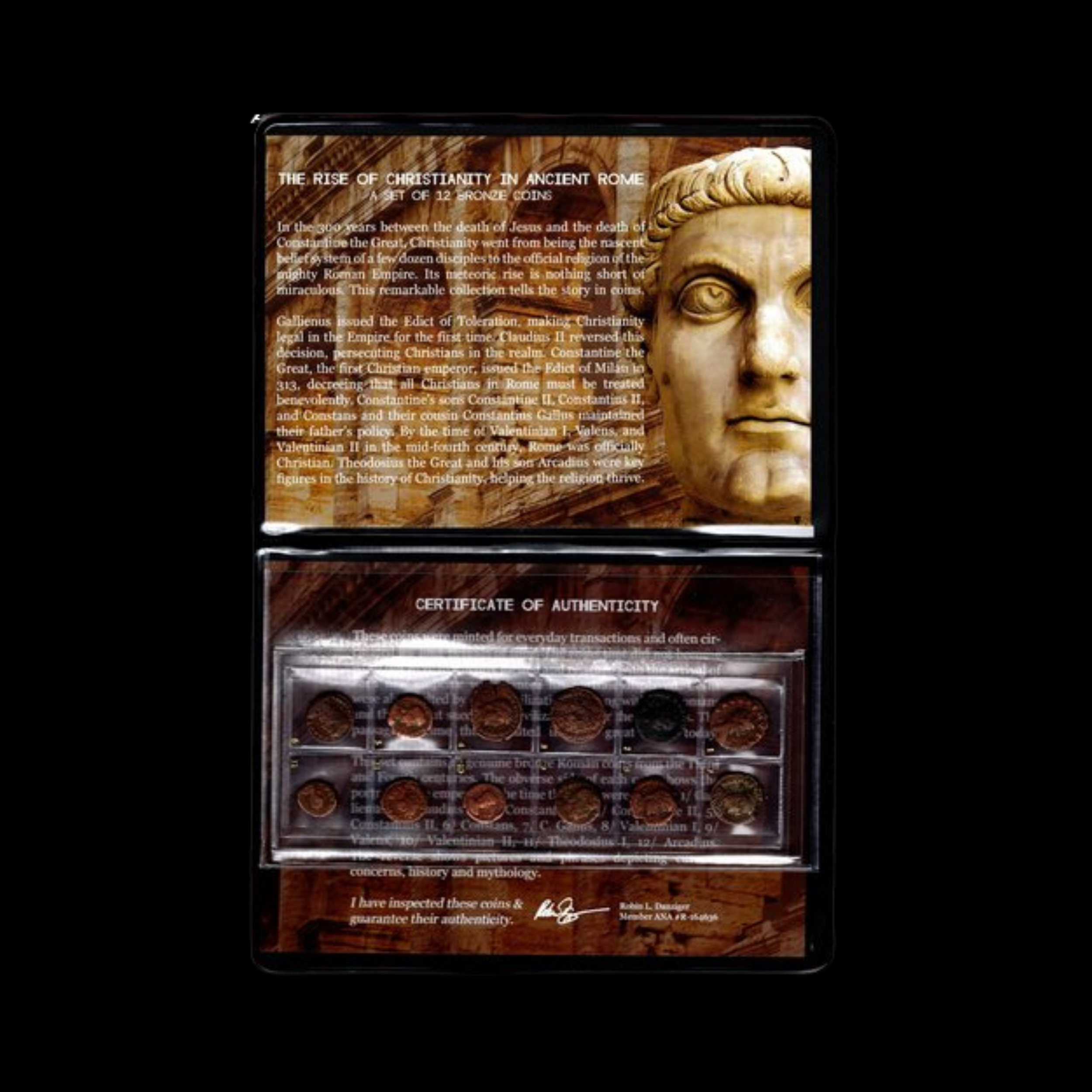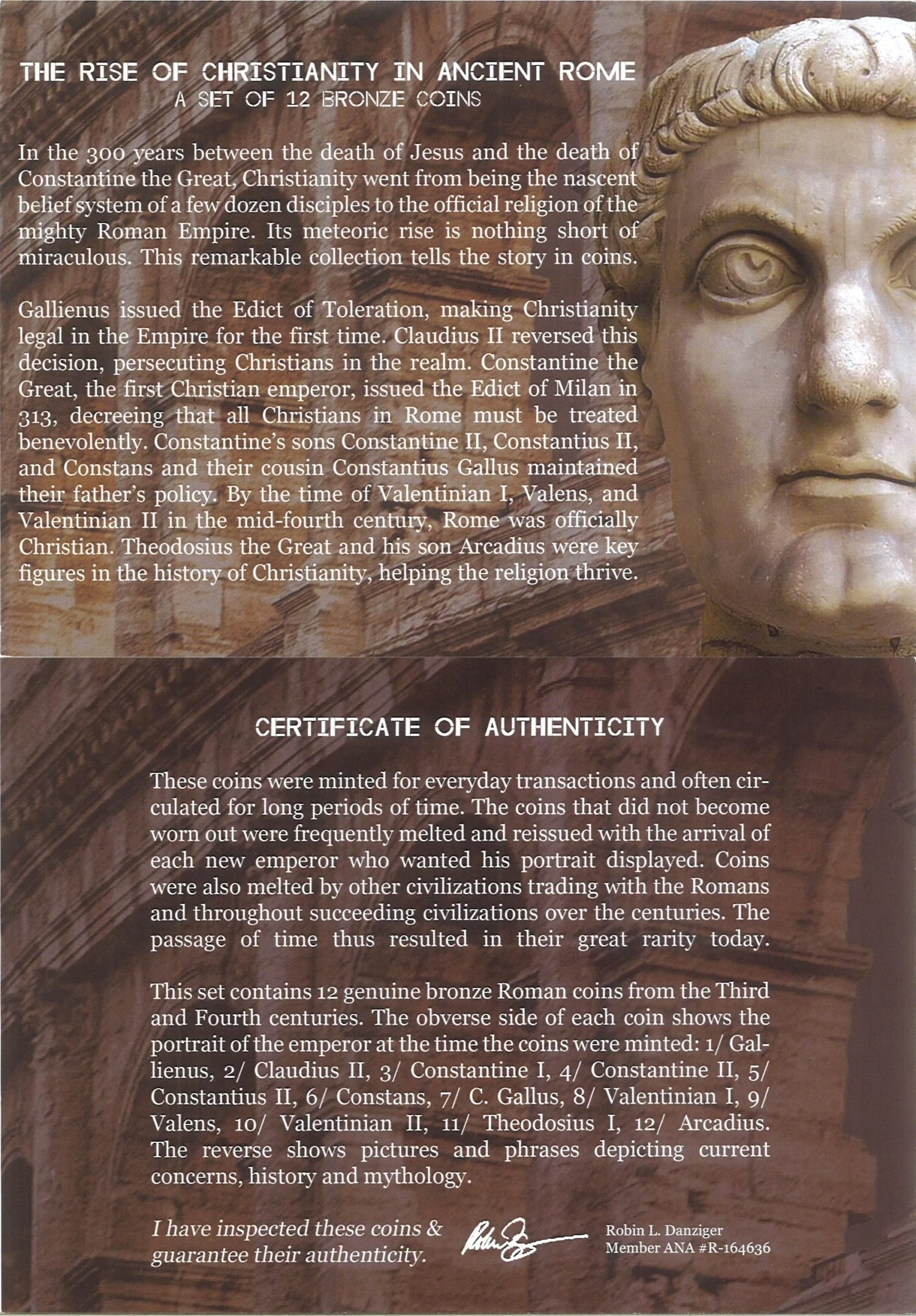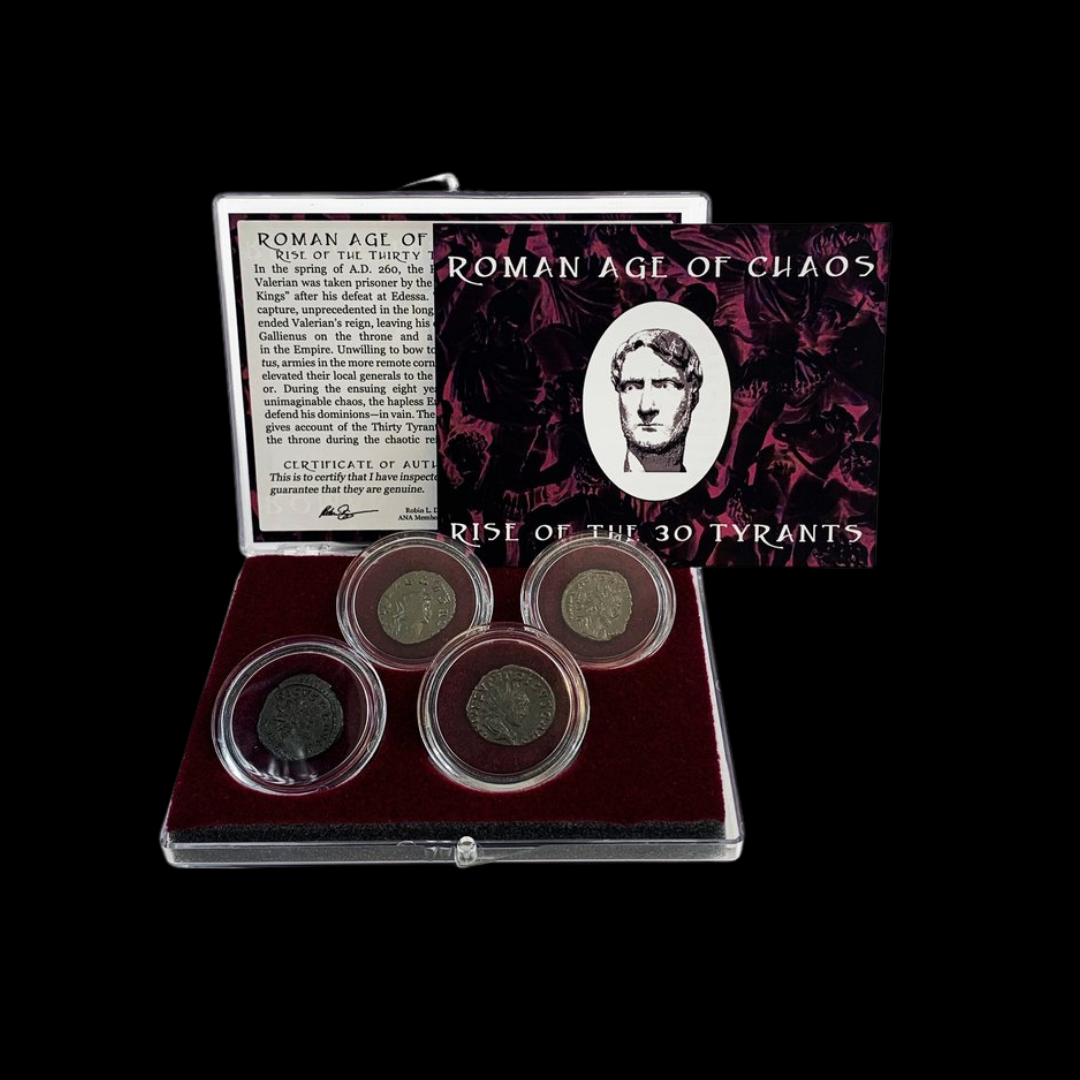 Image 1 of 1
Image 1 of 1


Blackbeard: Silver Treasure Coin from the Golden Age of Piracy (about 300 years ago)
This silver half real coin is believed to be part of the treasure recovered from Blackbeard's flagship, Queen Anne's Revenge, which sank off the coast of North Carolina in 1718. The coin represents the type of Spanish colonial currency that circulated widely during the Golden Age of Piracy (approximately 1650-1730) and would have been among the valuables sought by pirates like Edward Teach, better known as Blackbeard.
Coin Description:
Front side: Features the Spanish crown's coat of arms with a shield divided into quadrants representing Castile and León, with the Bourbon family emblem in the center
Back side: Displays the Pillars of Hercules (representing the Strait of Gibraltar) with waves at the base, crowned with the Latin motto "PLUS ULTRA" (meaning "further beyond")
Technical Details:
Silver composition (approximately 90% silver, 10% copper)
Half real denomination (a small Spanish colonial silver coin worth 1/16 of a peso)
Reference number: BLACKBEARDALB-HALF
Exhibition grade (not certified)
Minted approximately 1700-1718 in Spanish colonial mints
Condition: Fair to good with visible wear and some corrosion from seawater exposure
Historical Significance: This coin represents the global monetary system during the height of the Spanish Empire and the Golden Age of Piracy. Spanish silver coins like this half real were the most common form of currency in the Atlantic world, including the American colonies, the Caribbean, and Europe. They were produced from silver mined by indigenous laborers in Spanish colonies like Mexico and Peru. Pirates like Blackbeard specifically targeted Spanish treasure ships carrying these coins. This particular specimen is connected to Blackbeard, who blockaded the port of Charleston (in present-day South Carolina) in 1718 before his defeat and death later that year. The coin serves as a tangible link to the economic systems and maritime conflicts that shaped the colonial Atlantic world.
This silver half real coin is believed to be part of the treasure recovered from Blackbeard's flagship, Queen Anne's Revenge, which sank off the coast of North Carolina in 1718. The coin represents the type of Spanish colonial currency that circulated widely during the Golden Age of Piracy (approximately 1650-1730) and would have been among the valuables sought by pirates like Edward Teach, better known as Blackbeard.
Coin Description:
Front side: Features the Spanish crown's coat of arms with a shield divided into quadrants representing Castile and León, with the Bourbon family emblem in the center
Back side: Displays the Pillars of Hercules (representing the Strait of Gibraltar) with waves at the base, crowned with the Latin motto "PLUS ULTRA" (meaning "further beyond")
Technical Details:
Silver composition (approximately 90% silver, 10% copper)
Half real denomination (a small Spanish colonial silver coin worth 1/16 of a peso)
Reference number: BLACKBEARDALB-HALF
Exhibition grade (not certified)
Minted approximately 1700-1718 in Spanish colonial mints
Condition: Fair to good with visible wear and some corrosion from seawater exposure
Historical Significance: This coin represents the global monetary system during the height of the Spanish Empire and the Golden Age of Piracy. Spanish silver coins like this half real were the most common form of currency in the Atlantic world, including the American colonies, the Caribbean, and Europe. They were produced from silver mined by indigenous laborers in Spanish colonies like Mexico and Peru. Pirates like Blackbeard specifically targeted Spanish treasure ships carrying these coins. This particular specimen is connected to Blackbeard, who blockaded the port of Charleston (in present-day South Carolina) in 1718 before his defeat and death later that year. The coin serves as a tangible link to the economic systems and maritime conflicts that shaped the colonial Atlantic world.














